Kasa Smart Light Switch HS200, Single Pole, Needs Neutral Wire, 2.4GHz Wi-Fi Light Switch Works with Google Home, UL Certified, No Hub Required, White by Kasa Smart
$15.75 Original price was: $15.75.$12.98Current price is: $12.98.
Customer Favorite — discover the Kasa Smart Light Switch HS200, Single Pole, Needs Neutral Wire, 2.4GHz Wi-Fi Light Switch Works with Google Home, UL Certified, No Hub Required, White by Kasa Smart, built for performance and designed for life in the United States.
About Kasa Smart Light Switch HS200, Single Pole, Needs Neutral Wire, 2.4GHz Wi-Fi Light Switch Works with Google Home, UL Certified, No Hub Required, White
- App-Guided Install: The Kasa or Tapo app guides you through step-by-step setup. Requires neutral wiring and 2.4 GHz Wi-Fi. Consulting an electrician is recommended if you’re unfamiliar with electrical wiring
- Control From Anywhere: Monitor your light status. Turn electronics on and off from anywhere with your smartphone using the Kasa app, whether you are at home, in the office or on vacation
- Voice Control: Enjoy the hands-free convenience of controlling the lights in your home with your voice via Amazon Alexa or Google Assistant; perfect for times when your hands are full or entering a dark room
- Scheduling: Use timer or countdown schedules to set your smart switch to automatically turn on and off while you’re home or away. Enable ‘away mode’ to randomly switch on and off to trick potential intruders
- Trusted and Reliable: Designed and developed in Silicon Valley, Kasa is trusted by over 4 million users. UL certified for safety use. Dimensions without panel 4.13*1.71*1.74 in. System Requirements: Android 5.0 or higher, iOS 10 or higher
The Kasa Smart Light Switch HS200, Single Pole, Needs Neutral Wire, 2.4GHz Wi-Fi Light Switch Works with Google Home, UL Certified, No Hub Required, White by Kasa Smart combines reliability, modern design, and user-focused engineering. Perfect for everyday use, it delivers dependable results for American customers who value comfort.
Specification: Kasa Smart Light Switch HS200, Single Pole, Needs Neutral Wire, 2.4GHz Wi-Fi Light Switch Works with Google Home, UL Certified, No Hub Required, White by Kasa Smart
|
Photos: Kasa Smart Light Switch HS200, Single Pole, Needs Neutral Wire, 2.4GHz Wi-Fi Light Switch Works with Google Home, UL Certified, No Hub Required, White by Kasa Smart
42611 reviews for Kasa Smart Light Switch HS200, Single Pole, Needs Neutral Wire, 2.4GHz Wi-Fi Light Switch Works with Google Home, UL Certified, No Hub Required, White by Kasa Smart
Add a review Cancel reply
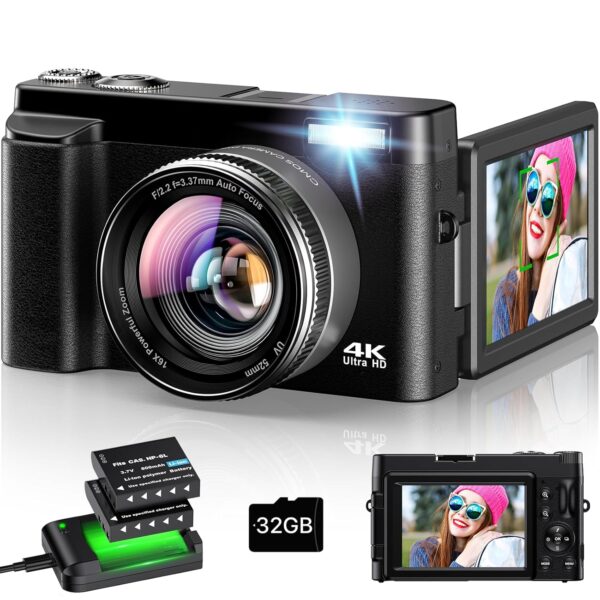

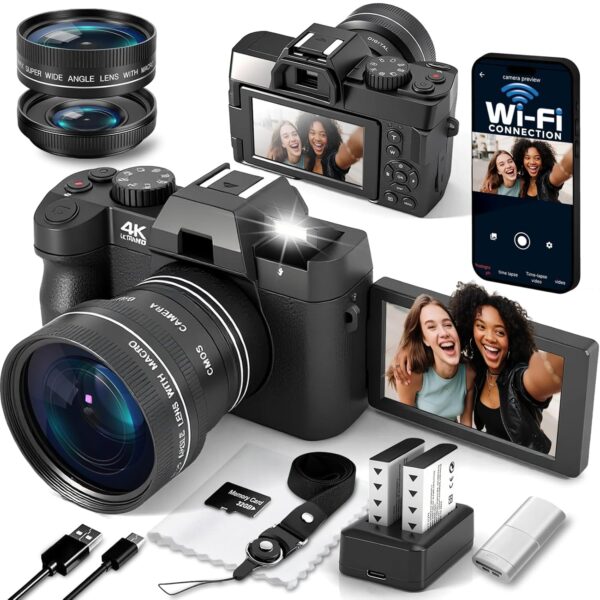
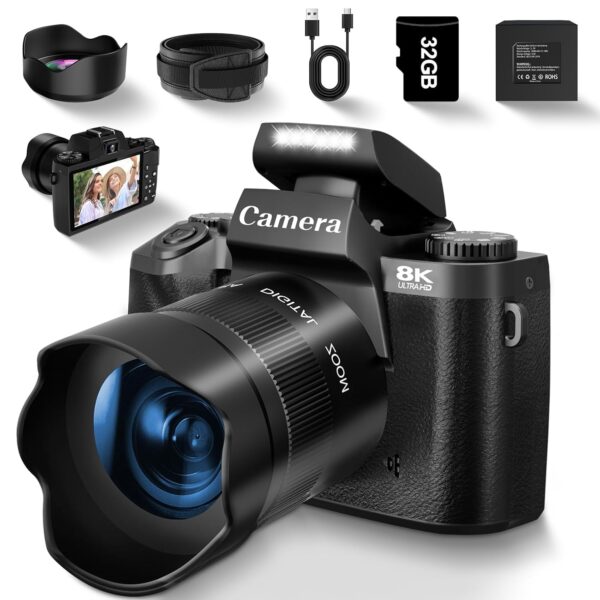

$15.75 Original price was: $15.75.$12.98Current price is: $12.98.

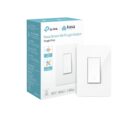





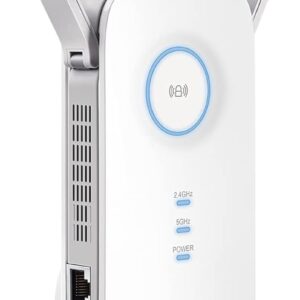
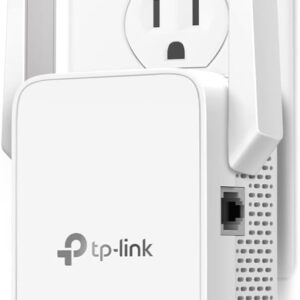
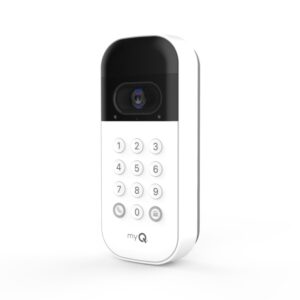
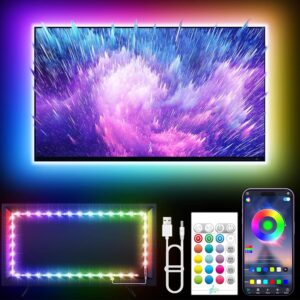
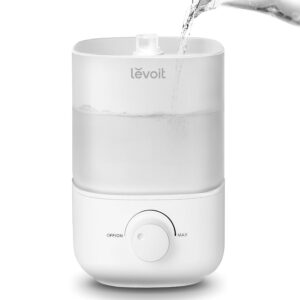
Scott –
Lo compré porque mi cabecera tapaba el interruptor y era muy difícil el alcanzarlo. La verdad es que funciona muy bien y es muy fácil de instalar (recomiendo ver algunos tutoriales). Yo sólo compré un indicador de corriente directa (parece un desarmador) y me constó 15 pesos en una tienda de piezas eléctricas, lo compré porque en la instalación de mi casa los cables son del mismo color, necesitas saber cuál es el de la corriente directa. Si ya sabes cuales son los cables y su función, no hay problema.
El cable de tierra lo deje tapado solamente, porque mi instalación no cuenta con ese.
Pagué aproximadamente 300 pesos y por el precio vale la pena.
Muchos se van por los que no requieren neutro y la verdad es que yo tengo un interruptor de esos y no responde bien con Alexa, incluso de repente falla con la aplicación que te dicen que instales, por eso es que puedo comparar y estoy pensando en comprar otro de esta marca. Es mejor instalar el neutro si no lo tienes.
JEIP –
The Kasa App makes controlling the lighting schedule very simple. The switch quality is good. Installation instructions were straightforward. The switch linked up our network without an issue.
David Tenorio –
Excelente producto
Moises Moreno –
Limpio, elegante y súper fácil de configurar. Después de configurar en la app Kasa pude agregarlos sin problema a la app Deco para controlar todo desde una sola app.
David Tenorio –
I bought one of these smart TP-Link light switches back in February when they were on sale, to compliment my two Amazon Echo devices. I have since bought another two. Each time, I waited until they were on sale ($29) before buying. Even though I like these switches, I would not pay the full prize to buy them. But at a little over half the normal price, they are totally worth it.
Installing one of these switches is relatively easy, assuming that you know what to do and feel comfortable working with electrical wiring and making electrical connections. You do need the original switch that you are replacing to have a neutral (white) wire so bear that in mind if you are planning to replace a switch in an old house with old wiring that doesn’t have neutral. The switch is a little bigger than a regular switch but it in my case, all 3 switches fit in quite well after I installed them. I used the included snap-on decora faceplates with two of the switches and although it took some effort, they snapped on flash with the wall. In the kitchen, I replaced only one of the two light switches that sit side by side and it took some effort to screw back on the old dual switch decora faceplate. The smart switch stuck out a little more than the other switch and as a result the plate didn’t sit flash with the wall on one side, leaving a narrow gap between the plate and the wall. But I used some caulk and it doesn’t look too bad … I think. Actually, in my case the hardest part, was removing the faceplate from the smart switch. It comes attached to the switch out of the box and you have to snap it off it before you can install the switch. But with some effort I managed to get the faceplace off without breaking it or the switch.
The TP-Link switch can work manually like any regular switch to turn the lights on and off but it permanently sits in a “switch-off” (or is it a “switch-on”?) position, unlike a regular switch which goes all the way in and out when depressed. Personally, it took me a couple of days to get used to that, especially the one in the kitchen which sits right next to the regular switch. But gotten used to it, I have.
To use it as a smart switch, you need to download the free TP-Link Kasa application on your smart phone. You download the application and follow the simple instructions and prompts to get the switch added to your network. The first time I connected them to my network, it automatically found that they needed a firmware update and it downloaded and installed it automatically. Once on the network, you can use the phone application to turn the lights on or off.You can also create routines and schedules to run the lights at certain times during the day or night. You set the “on” time and the “off” time and the light connected to the switch comes on and go off per schedule. Recently when I went on a 3 week vacation to Europe, I created schedules to run the lights at certain times and was able to control the lights remotely at will turning them on and off to give the impression that the house was occupied. Very useful indeed for travelers.
Lastly, if you own one, you can integrate the switch with the Amazon Echo or Google Home so that you can use voice commands to turn the lights on or off. I have two Echos and after enabling the free TP-Link Casa skill, I can now instruct Alexa to turn the lights on or off at will. I have also created a routine where at bed time I tell Alexa that I am going to bed and Alexa responds by first turning the living room light off, then turning the upstairs bedroom light on before it wishes me a Good night. 🙂
So far, I have not had any issues with these switches and they have been functioning very well. I am very happy with them.
Ben Powell –
I purchased this item along with a set of other Kasa smart switches and plugs to replace my Wemo equipment (after Belkin discontinued the Wemo service). So far, I’ve been very pleased with the reliability of this switch. I’m particularly pleased that these devices maintain connectivity without issue, and they function for my need. The app is easy to use, though I rarely open it (preferring to control everything through Google Home), I did use the native app to set a time on this particular switch, which has worked without issue so far. Easy to install as any smart switch. I’d recommend.
Xenos –
se tiene que bajar un cable neutro para que funcione pero en cuanto calidad y funcionamiento con la app es excelente 👌
AlarmGy –
I made the jump to a “Smart Home” a little over a month ago after Alexa joined our family. After talking to some friends, doing some research and assesing my needs I settled on TP-Link because of the variety of Smart products they offered, no requirements for a Hub, the lower cost and the ability to control everything from one simple app on my Smart phone and Amazon”s Alexa.
I have not been disappointed. After a very short learning curve, I surprisingly found the installation and set-up of all the TP-Link Smart devices extremely easy and intuitive. I have installed several different Smart devices including three different bulbs (LB-100, 120 & 130) depending on the area, as well as, Smart Switches (HB-200) and Smart Plugs. All of it has installed, programed and worked with few problems.
The only criticism I have is the Kasa App. I have found it to be a bit bugy at times, but since I use it primarily for programming and setting up new devices and scenes, rather than operationally, it has not been an issue since Alexa handels most of that work. So far, in the six weeks my Smart Home has been in operation I have only had one problem where Alexa and the Kasa app lost communication with most of (but not all) of my TP-Link devices. But after a bit of head scratching I was able to restore communication.
So here’s a tip to remember: I first tried rebooting the devices by cycling the power breaker, but that didn’t work. Probably due to multiple devices signaling simultaneously and overloading Kasa. But, powering each device down for a few seconds then back up, and testing it before moving on ro the next one worked without a problem.
I also recommend using a different control application. I only have experience with Amazon Alexa, but it also interfaces with Google Home among others. I have found that controlling scenes from Kasa not to be reluable for some reason, while issuing the scene commands to Alexa works 90% of the time, with repeating the command becoming necessary about 10% of the time. But even with an occasional repeated command being necessary, TP-Link devices respond extremely well through Alexa’s control. Plus Alexa is able to easily “group” multiple devices so you can control areas with a single command, or program macro activities that Alexa can perform with a single command. Capabilities Kasa does not have.
This is another deficiency of the Kasa app. Without the ability to group devices or run macro routines, it relies on programmed scenes which are very limiting for operational control. So another controlling app like Alexa or Home is essential to the TP-Link Smart Home system.
For me, because I have Alexa for operational control, both at home and away, these short comings in the Kasa app are non-issues. But if I didnt have this capability I think I would look to a different Hub controlled platform for my Smart Home lighting and device control.
HS-200 Smart Switch:
I am a retired electrician, so I found the installation easy. Most DIY homeowners with a basic knowledge of electricity and components should also have few problems with the installation.
I found this Smart Switch easy to control and the installation is about the same as replacing a standard light switch. But, a big drawback is not have a dimming capability. To me this should be a no-brainer and i cant understand why this featire is lacking. Because that would makevthis a 5 star product.
So before you procede there are a couple of precautions that should be noted.
First, you must three wires plus the ground (usually bare or green), and one must be the neutral (usually white) third wire, or the switch simply will not work. This can be an issue in some older homes (and even in some newer ones too).
The neutral wire is the “common” wire that runs throughout the house and is common to all circuits. It completes the loop in the circuit from the electrical box to the receptacle. The “hot” (or “line”) wire (usually black) carries the electrical load for that circuit only (usually 15-20 amps max). And finally, the “load” wire (usually black, red, or it could even be white) completes the hot side of the circuit between the switch and the receptacle. To save time and money some electricians when wiring homes “old school” would complete the light circuit by running the neutral to the light receptacle and then run a 2 conductor (plus ground) to the switch. So even though you may have a white and black wire at the switch, the white wire is not a neutral, but the load wire that that completes the hot circuit when the switch is turned on (closed). So if you don’t have 3 wires, one of them being the white neutral, you are out of luck using a Smart Switch. You can control the light however, by using Smart bulbs and then grouping them in the controling app (like Alexa).
Another caution is wire management. Standard light switches don’t take up much room, so the original installing electrician had lots of room in the box to stuff extra wire. This is a luxury you don’t have since the Smart Switch is much deeper and takes up most of the box. The new switch also uses leads that are wire nutted to the circuit wires and not terminated on the switch itself. Because of this, it may be necessay to shorten the wires to make room in the box for the extra electronics and wire nuts.
My advice is to open your intended switch boxes to survey your electrical wiring BEFORE you order the switches, so there are no surprises when it comes time to install.
One last safety precaution. Be sure to turn off the circuit at the electrical panel (breaker box). Also don’t assume that all switches in a multi-switch box are on the same circuit. It is often the case that multiple circuits are in the box. This is especially true when a switch is controling a plug. So check all wires in the box with a meter to insure nothing is hot.
Finally, when wire nutting multiple wires it is VERY EASY to leave a wire loose. This can be very dangerous, as loose wires can work themselves free and cause arking and sparking that can damage connected equipment, and worse, start a fire. This is a common cause of electrical fires, and you might not know there is a problem until it’s too late. So to ensure all wire nut connections are tight and secure, tug on each wire at the nut with needle nose pliers. If you can’t pull it loose it should be good to go. Also make sure there are no bare wires poking out of the nuts. The switches use stranded wire so it’s easy to have some stray strands loose outside the nut.
So that’s about it. The install is pretty easy most of the time, but if you don’t think you’re experienced enough to do the job safely, put this phase of the job in the hands of a professional. It should be an easy job for any professional electrician, and should not be terribly expensive. Consider it cheep insurance!
Ben Powell –
Our townhouse has an attached garage. The garage has 2 exterior lights that can only be turned on from inside the garage but not from inside the house. Near the garage is our front door. Inside the house there is 1 switch for the single exterior light near the front door. I was searching for a way to turn on all 3 lights using just the 1 interior light switch by the front door.
I bought (2) Kasa Smart Light Switches (HS200) which I then added to my new Home Assistant setup (not required) and it works great and was easy to install / setup. Installing these switches cost less than $30. You do need to be comfortable replacing and wiring a light switch. You need to have a “neutral” wire in the light switch box. If you have an older house this might not work for you. Our town home was built in 2001 so it’s not that new but not that old either and had the appropriate wires needed.
You can install these switches and use the native app on a smart phone to program a variety of tasks. There is no need for a home automation system / hub. From the app I was able to set the switches so that if I turn on/off one switch it turns on/off the other switch. Essentially pairing them together. They still function as individual light switches (non-smart switch) if the wifi goes out – so the pairing feature only works with an Internet connection but they still function as single light switches if the Internet is down.
This smart switch has a small circular indicator light on the bottom of the switch which I set to only turn on if the lights are on. So, if I forget that the outside lights are on – the indicator light on the wall switch will be on. I like the visual clue so I don’t leave them on all night. I like being able to use the smart switch just like a regular non-smart switch by pressing the switch – mostly because my wife won’t bother with voice or phone app controls so we need a physical switch. I think it’s fun to be able to control the lights from my phone and also from Google Home / Assistant. I can ask Google (or Alexa or my Home Assistant) to turn the lights on or off with voice commands too.
They can also be programmed to come on/off at particular times of the day but I haven’t used this feature.
Another cool thing is that I can turn the lights on or off remotely with an internet or data connected phone – if I’m not at home. I use this feature if friends or family are going to arrive at my place before I do and I want to have the lights on for them.
These smart switches were just the thing I was looking for and it gave me a real sense of accomplishment since it took me a few years to get around to solving this issue. I can now turn on 3 lights using 1 switch without having to hire an electrician and without running new wires in the house. For under $30 this was an outstanding value and I’m very pleased with the results.